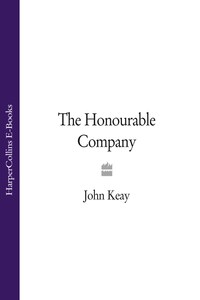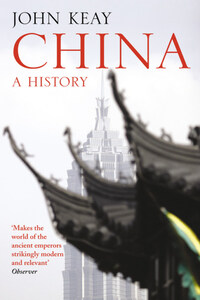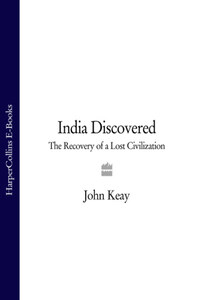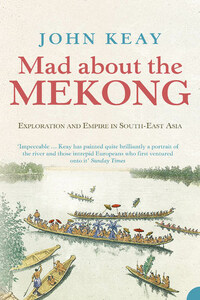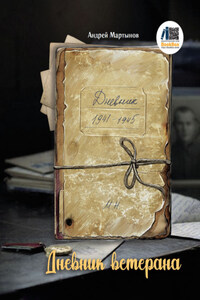The Honourable Company
John Keay
William Collins
An imprint of HarperCollinsPublishers Ltd. 1 London Bridge Street London SE1 9GF
www.harpercollins.co.uk
First published in Great Britain by HarperCollinsPublishers 1991
Copyright © John Keay 1991
John Keay asserts the moral right to be identified as the author of this work
A catalogue record for this book is available from the British Library
All rights reserved under International and Pan-American Copyright Conventions. By payment of the required fees, you have been granted the non-exclusive, non-transferable right to access and read the text of this ebook on screen. No part of this text may be reproduced, transmitted, downloaded, decompiled, reverse engineered, or stored in or introduced into any information storage and retrieval system, in any form or by any means, whether electronic or mechanical, now known or hereinafter invented, without the express written permission of HarperCollins ebooks
HarperCollinsPublishers has made every reasonable effort to ensure that any picture content and written content in this ebook has been included or removed in accordance with the contractual and technological constraints in operation at the time of publication
Source ISBN: 9780006380726
Ebook Edition © JUNE 2010 ISBN: 9780007395545 Version: 2018-04-30
From the reviews of The Honourable Company:
‘What a marvellous story is that of the East India Company!…And John Keay tells it well, humanely and spicily, as well as all we need about organisation, background, etc…Mr Keay gives us the spectrum, the trade with China and Japan, the Arabian Gulf, the East Indies, India, the lot.’
A. L. ROWSE, Contemporary Review
‘Splendid, tumultuous narrative history…The sotry is so colourful, at least in its early stages, that it can be read as a bumper book of Indian adventure.’
ANTHONY QUINTON, The Times
‘A tale worth retelling in detail, when it is done with as much as flair and imagination as this.’
GEOFFREY MOORHOUSE, Guardian
‘A gem of a book on a vast and complex adventure of British trading, maritime and colonial history…highly recommended not only for scholars but to all those interested in an important segment of British and human history.’
Catholic Herald
‘Full of delicious anecdotes…fascinating reading.’
WILLIAM DALRYMPLE, The Spectator
A hundred years ago the high-minded rulers of British India regarded merchants as a lesser breed in the hierarchy of imperial pedigree. To ‘gentlemen in trade’, as to servants, ladies, natives, dogs, the brass-studded doors of Bombay’s and Calcutta’s more exclusive clubs were closed. Like social climbers raising the ladder behind them, the paragons of the Raj preferred to forget that but for the ‘gentlemen in trade’ of the East India Company there would have been no British India.
The Honourable Company was remembered, if at all, only as an anomalous administrative service; and that was indeed what it had become in the early nineteenth century. But before that, for all of 200 years, its endeavours were seen as having been primarily commercial, often inglorious, and almost never ‘honourable’. Venal and disreputable, its servants were believed to have betrayed their race by begetting a half-caste tribe of Anglo-Indians, and their nation by corrupt government and extortionate trade.
From those 200 years just a few carefully selected incidents and personalities sufficed by way of introduction to the subsequent 150 years of glorious British dominion. Occasionally greater attention might be paid to the Company’s last decades as an all-conquering force in Indian politics, but still the perspective remained the same: the Company was seen purely as the forerunner to the Raj.
Closer acquaintance reveals a different story. The career of ‘the Grandest Society of Merchants in the Universe’ spans as much geography as it does history. To follow its multifarious activities involves imposing a chronology extending from the reign of Elizabeth to that of Victoria upon a map extending from southern Africa to north-west America. Heavy are the demands this makes on both writer and reader. (And hence perhaps the dearth of narrative histories of the Company in this post-imperial age.) But the conclusion is inescapable. The East India Company was as much about the East as about India. Its Pacific legacies would be as lasting as those in the Indian Ocean; its most successful commercial venture was in China, not India.
